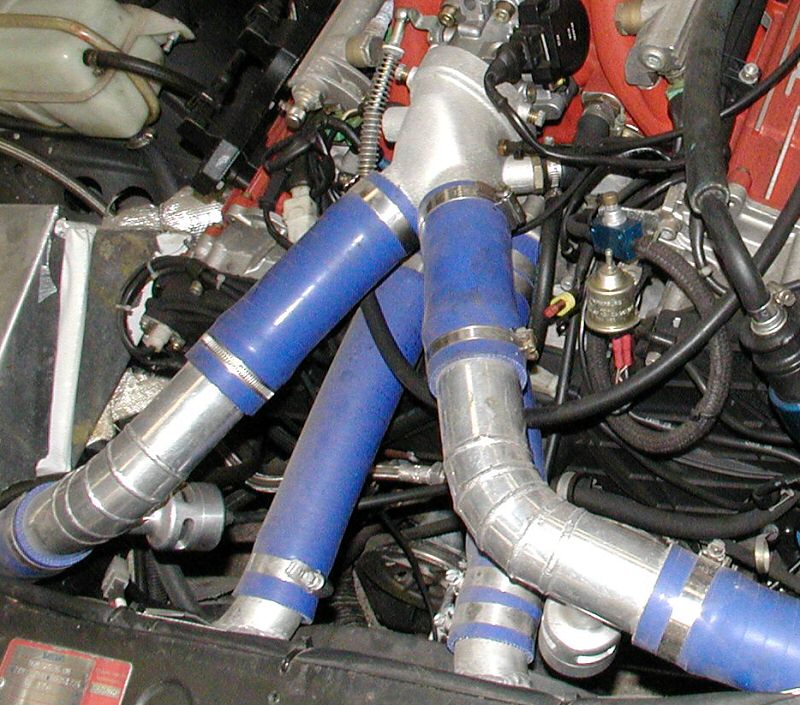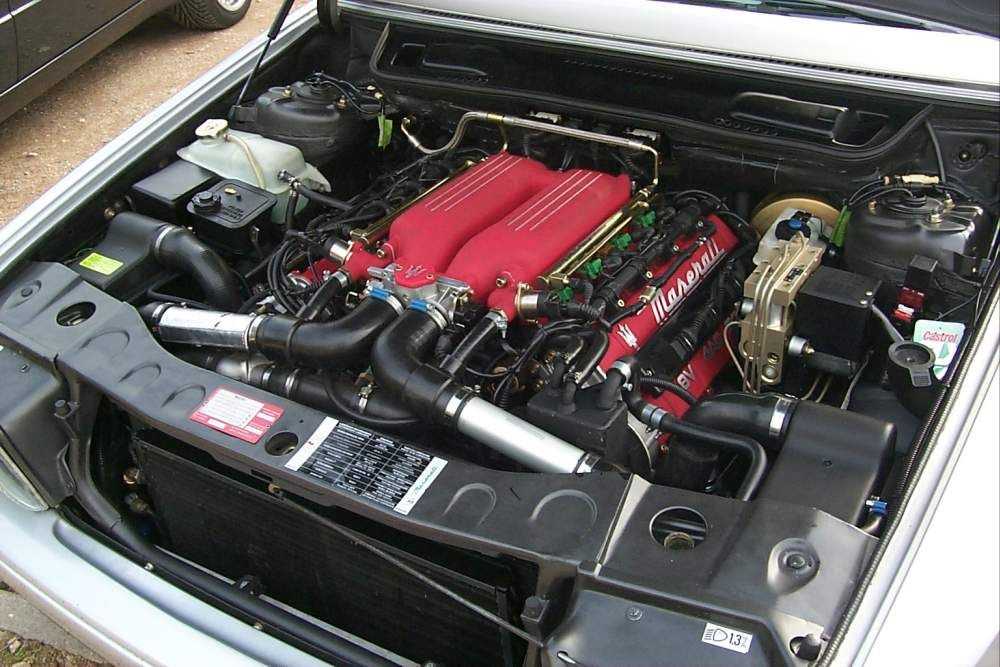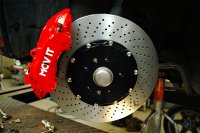I've had a couple of emails over the past few weeks regarding problems with boost pressure on the Ghibli.
A lot of people don't actually notice when they're getting reduced boost, since even in fail safe boost mode, the Ghibli produces about 0.7 bar inlet pressure, which is good for around 270 hp on the 2.0 liter engine (which is still a pretty impressive amount of power from the small engine). However, the tell tale sign is that the boost gauge needle on the dashboard only makes it to the first half of the amber section, even during hard acceleration and high revs. The needle should go round to the top of the amber section, falling just short of the red section to give around 1.1 bar inlet pressure.
I've also heard reports that the reduced inlet pressure is accompanied by restricted engine speed, with the engine cutting out at around 4500 rpm.

So what's the culprit? Invariably, it's the boost control solenoid valve. This is a small, brown, plastic housed three way valve. On later ABS and GT Ghiblis, this valve is located on the front of the engine block, where the distributor used to be located on the older series 1a Ghibli. On these earlier cars, the valve is located behind the plenum chamber, beneath the fuel pressure regulator. The valve is labeled as item 3 in the drawing above. These valves are pretty standard in the automotive industry, so a Google search will yield some relevant background reading. Also, Enrico has an article on
boosting a bi-turbo in his Maserati pages.
In summary, a signal is sent to the solenoid valve by the engine control unit. This signal is a series of pulses that control the amount of air reaching the wastegate valves on the turbos, (by controlling how "open" the solenoid valve is).
The solenoid is fed pressurised air from the outlet of the turbo via port C (there's little labels on the vacuum hoses that connect to the valve). If the solenoid is not working, this pressure is fed directly to the wastegate valve via port W. The wastegate requires about 0.7 bar to open, which is why when the solenoid fails you still get some boost. If the solenoid is working, then instead of letting air reach the wastegates straight away, it will direct the air instead through port R, which effectively vents the pressurised air to the atmosphere (so the end of this vacuum hose is not connected to anything!).
Once the desired boost pressure is reached (around 1.1 bar), the solenoid starts to direct the air to the wastegate via port W. This prevents the turbos from increasing the inlet pressure further by allowing the hot exhaust gases from the engine to bypass the turbochargers (it's these hot gases that make the turbochargers spin, so preventing them from passing through the turbos prevents the turbos from spinning).
The stock solenoid valves appear not to be too reliable. If it stops working then it needs replacing. Fortunately, this is a pretty simple job... disconnect the vacuum hose and the 2 wire connector and unscrew the fastening bolt to remove and the reverse to install a new one. The valves aren't too expensive and can be picked up second hand. However, given the reliability issues of the valve, I'd recommend getting a brand new one. Alternatively, consider getting a 3rd party replacement valve, as there are some far more reliable valves on the market. Since I fitted a new boost controller on my car (Turbosmart e-Boost 2), it came with its own replacement solenoid valve which appears to be very robust.
While you're replacing the solenoid valve, you might want to consider removing the little restrictor that is located in the exhaust port R. Removing this restrictor allows more air to escape to the atmosphere, which means there's less air reaching the wastegate via port W. Since there's less air reaching the wastegates, they stay closed a bit more, hence increasing the inlet pressure a little. Removing this restriction will increase the inlet pressure by about 0.1 bar... see if you notice any difference in power?
So, keep an eye on that pressure gauge! The gauges are there for a reason, so get familiar with where they normally operate so that you can see when something changes. Don't rely on the engine warning light popping on (in my experience, it doesn't come on that much, even when there are problems). Also, don't rely on your mechanic to pick up these problems, since unless they takes your car for a decent drive they won't notice such things.




